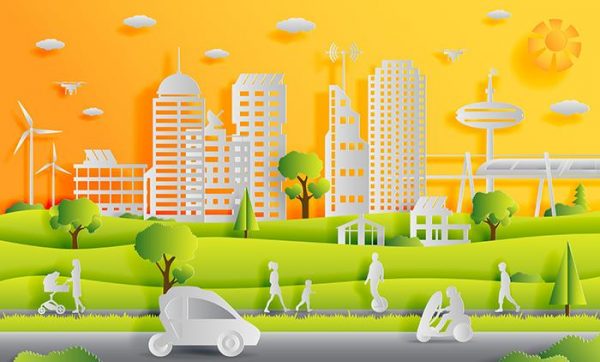The consequences of Covid-19 have also caused changes when it comes to mobility.

In fact, it may come as a surprise to find that the use of private vehicles and personal mobility (bicycles etc) has increased by + 35% and + 18%, respectively, while public transport has collapsed by -46% and taxis and VTC by -29%.
The figures are confirmed by the Safe and Sustainable Mobility Study of the Ponle Freno-AXA Study Centre, presented this week at an online press conference and in which the General Director of Traffic, Pere Navarro was present.
The director of the DGT explained that in Spain “there is a certain awareness of road safety” and the awareness-raising work of public institutions, together with private entities, has made it possible. “There is no ideology here. There is scientific evidence. You have to do what you have to do. We can copy what has gone well in other places and thus we are all moving forward,” Navarro stressed.
On the other hand, he has indicated that journeys on foot “are going to be one of the main protagonists of the mobility to come. Because we are all pedestrians, because Spain has an increasingly aging population, because the elderly walk and vote. This condition will mark the political agenda for the next few years.
Produced by Kantar between September and October 2020 and with the collaboration of PONS Seguridad Vial, the report collects the perception of more than 4,000 drivers on travel habits and on aspects related to safe, sustainable, accessible, and connected mobility. Regarding the various alternatives to try to improve safety, reducing speed in cities would be clearly accepted: 62% would be in favour of limiting speed to 30km / h. However, there is not such a general opinion on the need to implement a greater number of radars, only 21% believe that it is insufficient, compared to 55% who consider that there are enough and 23% who believe that the number is excessive.
In general terms, the majority opinion about safety is that it has not evolved, improved, or worsened over the last year (65%). Only a quarter think they have improved, a figure that increases among the youngest (38%), while women are clearly more critical (13%), as in Catalonia (15%) and Madrid (18%).
Of those who think that it has worsened (11% of the drivers consulted), the distractions caused by the use of mobile devices, misuse of scooters, the lack of driver education and recklessness on the bike, as well as the so-called technological pedestrian (the person who walks using a technological device to speak, listen to music, etc.), represents a danger for 20% of drivers in the city.
The expectation on road safety is not at all positive. Speeding and short safety distance are the inappropriate behaviours most observed by drivers who have participated in this survey.
Another of the pending subjects that is perceived is the training of drivers, since only 29% believe that we leave well prepared to take the car after passing through driving schools, results that increase among the youngest (39%) , while among men (45%) and the age group 35-44 years (48%) there is a greater criticism in this regard. Therefore, there is a clear consensus on improving training: the need to use more audio-visual resources (73%), the training of technological and safety systems that vehicles incorporate (73%), the possibility of obtaining extra points after receiving courses on safe driving (70%) or establish a minimum of practical classes (68%).
With regard to sustainable mobility, one of the main conclusions is that 9 out of 10 think that vehicle pollution is an important or very important problem, although it is also true that the industry is for the interviewees the main factor that contributes to the pollution in cities (64% in the first option), followed by private vehicles (13%) and heating systems (9%).
In relation to the environmental label of vehicles, 1 in 2 say they do not have it – and of these, 54% do not want to put it on their vehicle – a figure that increases in Andalusia (61%), Aragón (70%), Balearic Islands (69 %), The Canary Islands (64%), Valencia (63%), Galicia (73%) and the Basque Country (71%). Only Madrid and Catalonia stand out for a higher degree of use of the label (79% and 68% respectively). Regarding the usefulness of labels, 70% highlight their use to reduce or restrict the mobility of certain vehicles, 60% to be aware of the degree of contamination of the vehicle, 64% as guidance to choose a car model and 55 % consider that its purpose is to collect money or to fine.
Regarding connected mobility, 1 in 2 believes that there is not enough information about traffic in real time, which could be solved with applications that help improve mobility and plan better and faster routes, to which drivers would be willing to transfer your personal data. In this sense, of the available apps, navigation systems are the most used (76%), followed by payment in regulated parking lots and the use of public transport (44%), compared to the minority use of both vehicle rental and parking. mobility aggregators, around 15%.
Finally, when asked about the confidence that, in the future, private vehicles without a driver offer them, 48% say they would not use it, compared to 28% who say they would go for this type of vehicle, raising the percentage to 35% among young people (18-34 years).




You must be logged in to post a comment.